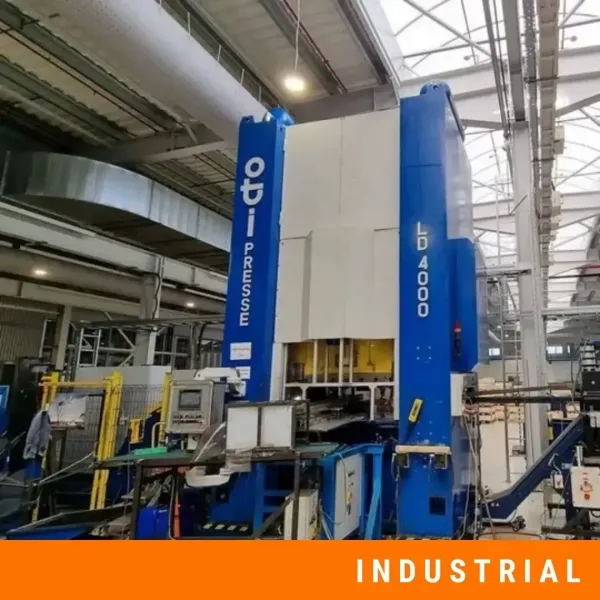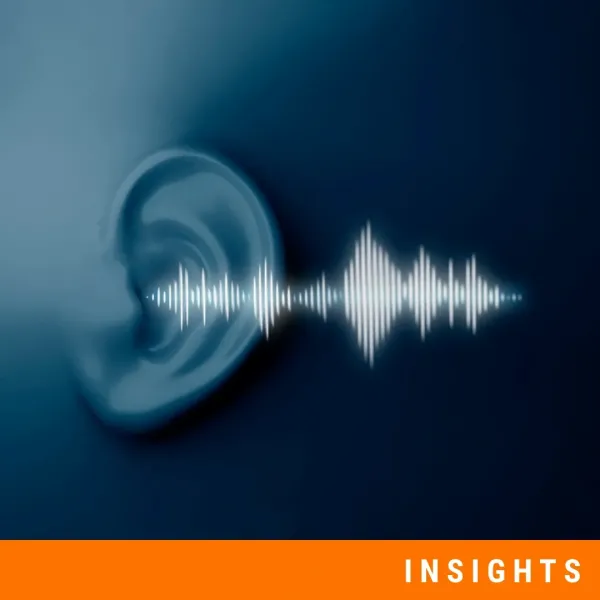Understanding Regulatory Compliance for Industrial Noise Levels
Industrial sites are rarely quiet places. Machines run at full capacity, forklifts move across concrete floors, compressed air hisses through lines, and metal parts collide in production cycles. For workers, this background noise becomes part of the daily routine. But when sound levels climb above safe levels, noise changes from being a workplace inconvenience to a serious health and safety risk for everyone.
This is why noise is strictly regulated in every major industrial market. Authorities recognise that long exposure above certain levels can cause permanent hearing loss, raise stress, and increase the chance of accidents. For facility owners, compliance with noise regulations is a legal requirement and a responsibility to protect their employees.
Consider a simple example:
- A metal fabrication plant with several punch presses may generate peaks over 95 dB. Without acoustic controls, workers on the shop floor face a daily risk of hearing damage.
- A food processing facility with constant conveyor lines and packaging equipment may seem quieter, but even steady exposure at 85 dB across an 8-hour shift can still trigger limits.
Understanding where your facility stands in relation to noise compliance is the first step towards lowering risks, avoiding fines, and creating a safer, more efficient environment for all of your employees.
The Cost of Ignoring Noise Regulations
Non-compliance with industrial noise regulations carries real consequences, both for workers and for businesses. These costs affect safety, efficiency, and reputation.
Health Risks for Workers
Long-term exposure to high noise levels can cause permanent hearing loss. Unlike many injuries, hearing damage is irreversible. Once a worker loses part of their hearing range, it cannot be healed.
- In a woodworking factory, continuous operation of saws and sanders may expose workers to 90-95 dB. Without controls, even short-term exposure leads to ringing in the ears, and years of exposure can cause complete hearing loss.
- Noise also creates fatigue, and a production line operator who struggles to hear instructions is more likely to make mistakes, which increases safety risks on the shop floor.
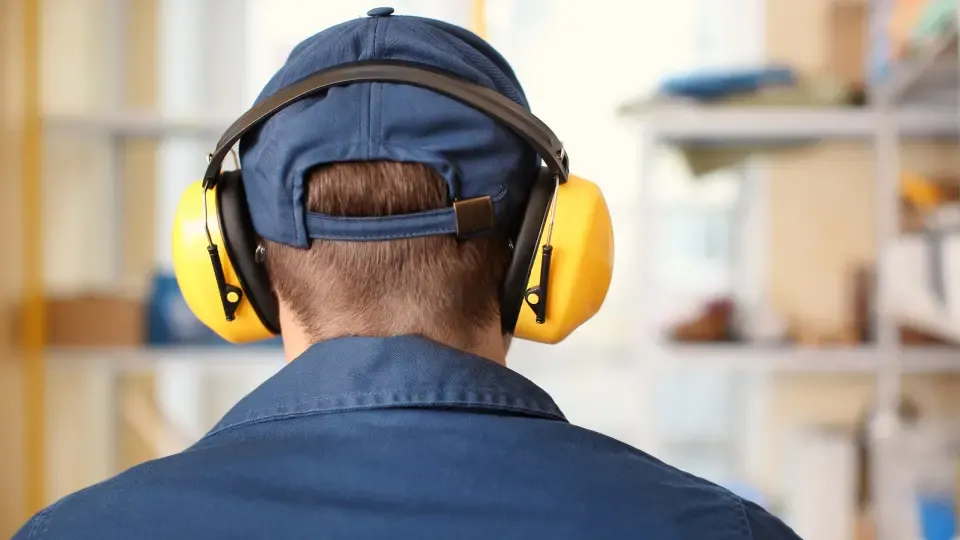
Financial and Legal Risks for Employers
When facilities fail to comply, regulators can issue fines, stop operations, or demand expensive corrective actions. Worker claims for hearing damage also create long-term financial liability for the company.
- In Europe, companies found exceeding the 87 dB exposure limit (after hearing protection) may face shutdowns until compliance is shown.
- In the United States, OSHA (Occupational Safety and Health Administration) fines for repeated noise violations can reach tens of thousands of dollars, with additional costs tied to legal settlements or compensation.
Reputation and Productivity
Noise issues can also damage a company’s relationship with its employees and partners. Workers in loud, unsafe conditions are more likely to leave, driving up turnover. Customers and contractors may question a facility’s safety standards, affecting future business.
Key International Standards and Guidelines
Noise regulations exist to set safe limits for worker exposure. While details vary across regions, most standards agree that prolonged exposure above 85 dB is unsafe. Below are the main guidelines used worldwide.
OSHA (United States)
The Occupational Safety and Health Administration sets clear limits:
- Permissible Exposure Limit (PEL): 90 dB over an 8-hour shift.
- Action Level: 85 dB, where employers must introduce a hearing conservation programme (training, monitoring, protective equipment).
Example: In a metal stamping plant, machines produce an average of 92 dB. Under OSHA rules, workers must wear hearing protection, and the company must document noise levels with regular measurements.
EU Directive 2003/10/EC (Europe)
The European Union applies a tiered approach:
- Lower Action Level: 80 dB - employers must assess noise risks and provide protective equipment if needed.
- Upper Action Level: 85 dB - mandatory protective measures, monitoring, and worker training.
- Exposure Limit: 87 dB (taking hearing protection into account).
Example: A bottling plant runs conveyors and compressors averaging 83 dB. At this level, the employer must offer hearing protection.
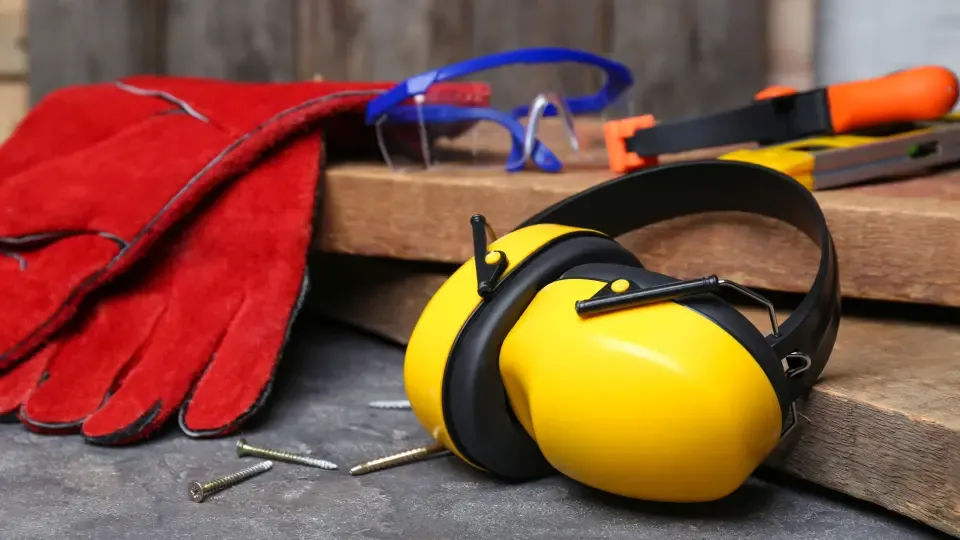
UK Control of Noise at Work Regulations 2005
In the United Kingdom, workplace noise is regulated under the Control of Noise at Work Regulations 2005. These remain the current law, with the Health and Safety Executive (HSE) updating its official guidance as recently as March 2025.
The regulations set clear thresholds for daily noise exposure:
- 80 dB (Lower Exposure Action Value): employers must assess noise risks and provide information to workers.
- 85 dB (Upper Exposure Action Value): mandatory noise-reduction measures and provision of hearing protection.
- 87 dB (Exposure Limit Value): must never be exceeded, even when hearing protection is used.
Example: A manufacturing plant in the UK running machinery at 86 dB is legally required to provide hearing protection, carry out regular monitoring, and introduce engineering or administrative controls to reduce exposure.
WHO Guidelines (Global Reference)
The World Health Organisation advises that exposure above 85 dB can cause permanent hearing damage, and recommends keeping levels as low as reasonably possible.
Example: A food packaging facility operating at 85-86 dB may technically meet minimum compliance but still risks worker fatigue, higher error rates, and slow hearing damage if additional protections are not included and used properly.
Measuring and Monitoring Industrial Noise
In order to comply with regulations, facilities must first know exactly how loud their environments are.
Methods of Measurement
- Sound level meters provide quick checks at specific locations, useful for finding hotspots around machines or production lines.
- Employees wear personal dosimeters during shifts to record their actual exposure. This method is required in many regions to demonstrate compliance.
Example: A steel manufacturing plant may conduct annual surveys using sound level meters across all work areas. When dosimeter data shows employees exposed to 86 dB over a full shift, the facility is required under both OSHA and EU rules to enforce protective measures and provide hearing protection.
Health and Safety Risks
Noise above safe limits leads to long-term hearing loss. This type of damage is permanent, and once it happens, it cannot be reversed.
- In a metalworking shop, workers near stamping presses may be exposed to 95-100 dB daily. Without proper controls, employees can experience ringing in the ears (tinnitus) after shifts, which often develops into irreversible hearing loss over time.
- High noise also increases accident risk, such as forklift drivers in noisy warehouses may fail to hear alarms, horns, or instructions, which can lead to collisions or injuries.
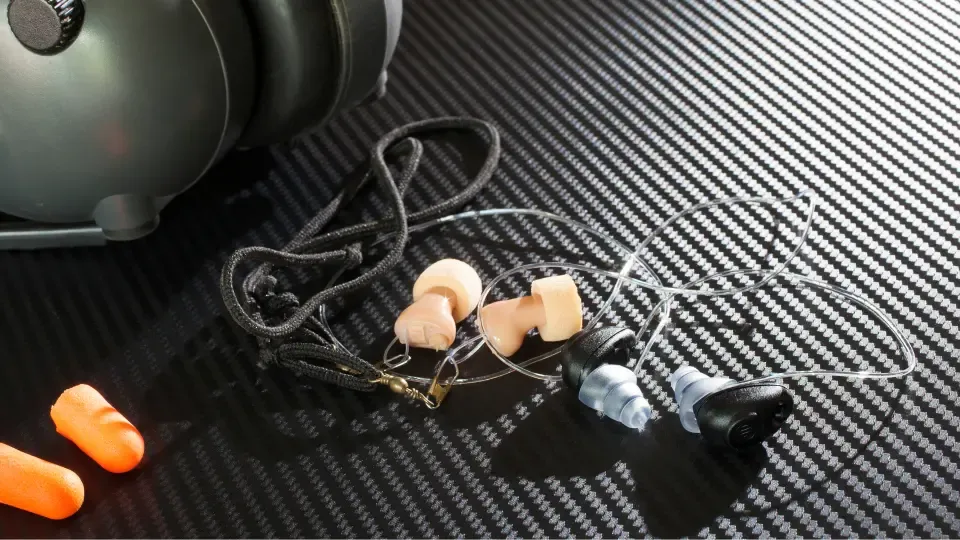
Solutions for Meeting Industrial Noise Regulations
Achieving compliance is not only about providing hearing protection. The most effective strategies address noise at its source and reduce worker exposure through a combination of engineering, administrative, and protective measures.
Engineering Controls
Engineering solutions are the first line of defence because they reduce noise where it is generated.
- Enclosures and silencers around loud equipment like grinders or fans prevent excess noise from spreading into work areas.
- Anti-vibration mounts reduce structural noise from heavy machinery such as compressors, pumps, or turbines. Without them, vibration travels through floors and into other parts of the building.
- Acoustic panels and barriers absorb airborne noise and reduce reverberation in production halls. For example, installing wall-mounted acoustic panels around a stamping press area can lower measured levels by several decibels, enough to meet EU or OSHA action limits.
Administrative Controls
When engineering fixes are not enough, administrative strategies help limit how much noise workers are exposed to.
- Shift rotation ensures no worker spends a full day in the loudest area of a plant.
- Scheduling noisy processes outside peak working hours reduces exposure for most employees.
- Quiet zones provide spaces where workers can recover from noise before continuing shifts.
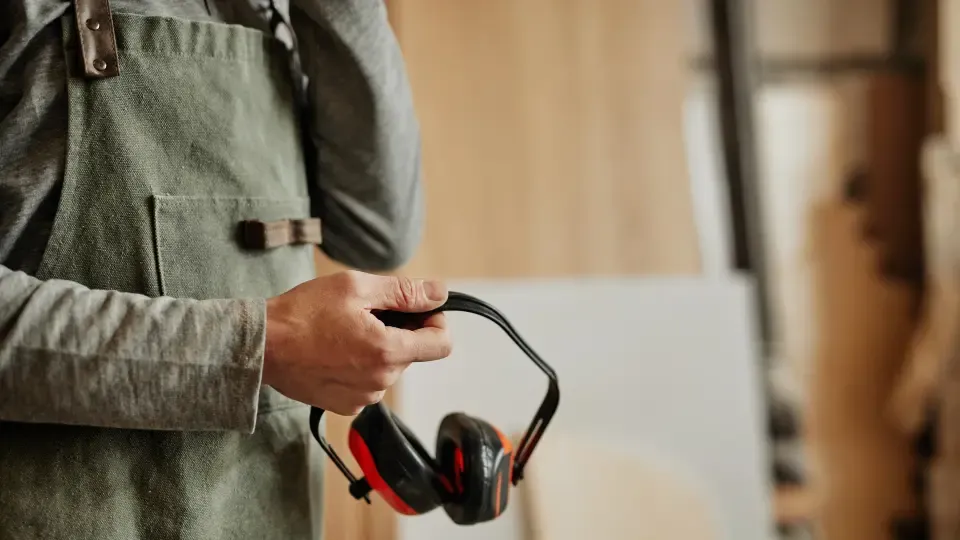
Meeting industrial noise regulations protects workers from permanent harm, reduces accidents, and avoids costly penalties. At the same time, quieter workplaces improve focus, lower staff turnover, and show commitment to safety and responsibility.
Ignoring compliance leads to hidden costs. So, investing in acoustic treatment ensures long-term efficiency and protects both people and equipment.
DECIBEL provides engineered noise control and anti-vibration solutions that help facilities meet regulations and create safer, more productive environments.
Contact DECIBEL today to make sure your facility is compliant, safe, and prepared for the future!

